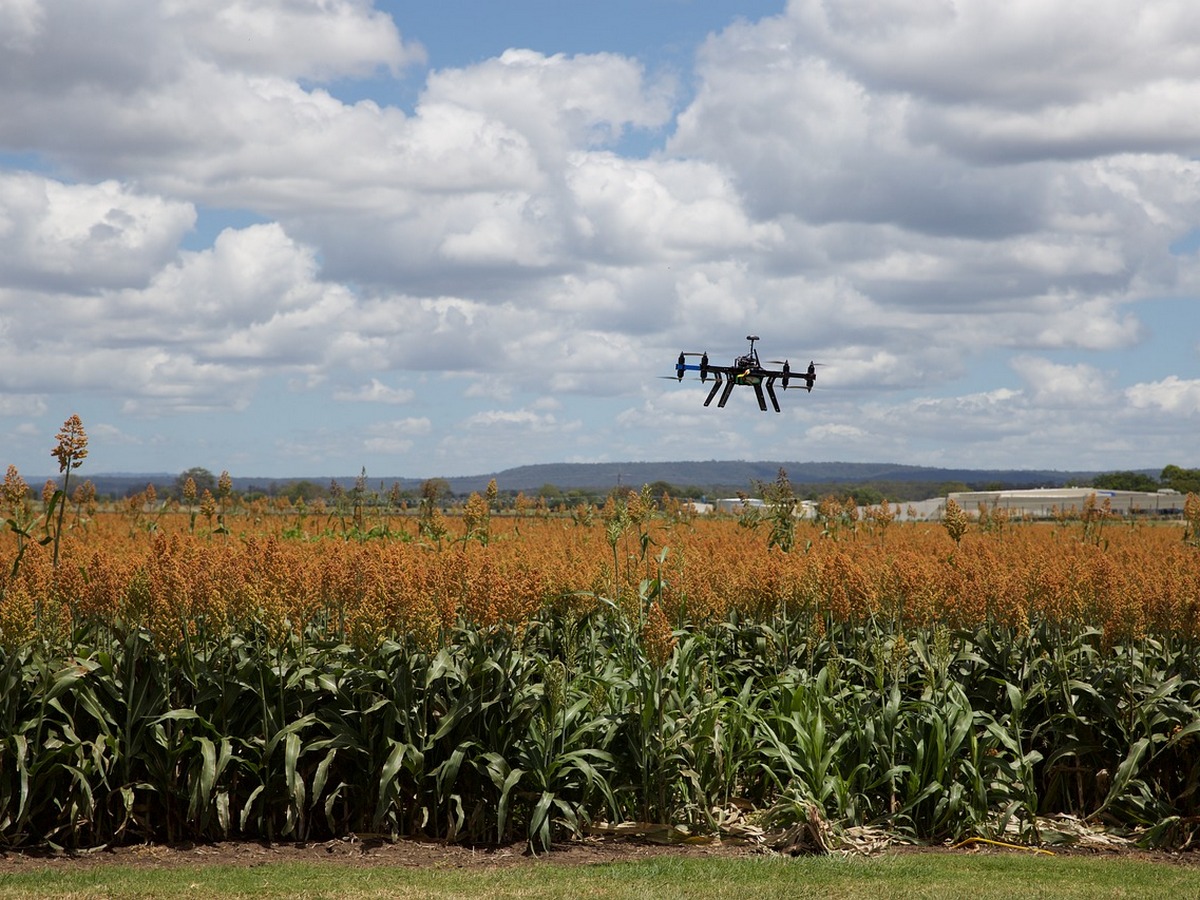Robotic farms, vertical gardens, and rights to use genetic material – tomorrow holds very interesting prospects for agriculture. What does farming of the future look like and what kind of specialists will it need?
The Food and Agriculture Organization of the United Nations predicts that by 2050 there will be about 10 billion people on the planet. To feed them, the world needs to increase food production by more than 70%. Standing in the way of impressive growth are tight timeframes, depleting water and land resources, climate change, and geopolitical disasters – factors that could lead the planet to global hunger. To prevent this from happening, agriculture needs to be modernized immediately. New approaches and technologies already exist, but more than any other industry we need people who are ready to put them into practice in the next 20-30 years.
In a world of supermarkets and a confusing variety of foods, it’s hard to imagine that agriculture is a real technology itself. As massive and omnivorous as the internal combustion engine or the computer. Invented 10,000 years ago, it enabled the transition to a settled way of life, the domestication of wild crops, and forever changed the course of history, or rather, gave it life. The Neolithic agrarian revolution opened up enormous reserves of energy to man in the form of accessible food, independent of the luck of hunter-gatherers. Barley, wheat, goats, and sheep all stand in the same evolutionary chain with technology, from a stone cutter to a probe exploring space.
Today, at the mention of agriculture, stereotypical thinking paints a production pastoral: green fields, large barns, animal pens, haystacks, a country road, and farmers. The technological maximum of this picture is a tractor, a combine harvester, and a greenhouse. But this attitude toward farms is at least decades out of date. Advanced agricultural industries use every innovation they can reach: from robots and drones to genetic engineering and experimental physics.
According to renowned Dutch architect Rem Koolhaas, rural areas today are the frontier of transformation. A whole world that used to be subject to the changing seasons and tedious farm labor is now a toxic mix of genetic experimentation, science, industrial nostalgia, seasonal migrations, the boom of commercial land redistribution, extensive investment, incentive taxation, investment, and political turmoil. In other words, the countryside is changing much faster and more radically than the most advanced city.
